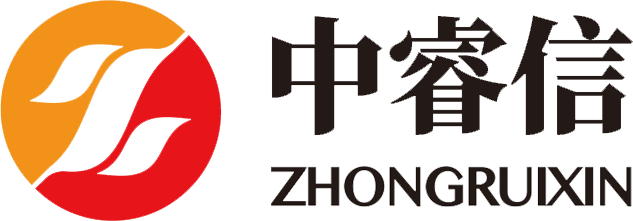Keywords:
Environmentally friendly waterless taphole clay
Our environmentally friendly taphole clay is a refractory material used for blocking taphole of blast furnace, which is produced by using refractory raw materials such as corundum, mullite and flint clay as aggregate, adding coke, mica and other modified materials, and adopting tar and resin as the bonding agent, which has the features of high strength and strong slag resistance, and is applicable for the blast furnace of more than 1,000 cubic meters.
Vanadium and Titanium taphole clay
Zhongruixin's vanadium and titanium functional taphole clay adopts environmentally friendly binding agent which can significantly reduce the harmful substances produced in the production and use of taphole clay, and has obvious effect on the repair and maintenance of the blast furnace taphole, which is generally improved in one month, with obvious effect in three months, and half a year for the completion of a period of repair. After repairing the taphole, it is firm and reliable, which can avoid the collapse of the stemming bag; meanwhile, the vanadium and titanium functional taphole clay has low thermal resistance value and fast heat conduction, which is very favorable to the overall sintering of the taphole clay. In the blast furnace of more than 2500 cubic meters, the taphole clay consumption per ton of iron is 50%-70% of the tar taphole clay.
Considering diffcrent parts and usage conditions of the iron trough for large and medium-sized blast furnace.
Zhongruixin's permanent layer castable have good fluidity, easy construction, good resistance to dry cracking and vibration, and can meet the harsh conditions of tundish recycling. Moreover, it has good resistance to the erosion and infiltration of the tundish slag and molten steel, as well as good resistance to thermal spalling and structural spalling.
Environmentally friendly dry type material
Zhongruixin's environmentally friendly dry material is produced by selecting high-quality sintered magesite, synthetic magnesia-calcium clinker and ultra-fine powder as the main raw materials, and matched with multivariate composite additives. Featuring good conveying performance, adhesion performance, anti-explosion performance, corrosion resistance and disintegration performance, it is suitable for tundish working lining, and is easy to turn after use due to the good disintegration of and permanent layer.
Retaining weir, retaining dam series
The weir and dam series products produced by Zhongruixin are configured and installed in the tundish, which are mainly used to change the liquid steel fluidity, promote the upward floating of inclusions and improve the quality of liquid steel.
The impact plate and flow stabilizer series products are mainly used to buffer the direct impact of liquid steel on the bottom of the ladle, to promote the upward floating of inclusions, to clean the steel, and to protect the bottom of the tundish in the impact zone. The impact plate plays the role of a secondary protection, and prevents the steel from directly impacting the bottom of the tundish when there is a problem with the flow stabilizer in the course of long-time use.
The impact plate and flow stabilizer series products are mainly used to buffer the direct impact of liquid steel on the bottom of the ladle, to promote the upward floating of inclusions, to clean the steel, and to protect the bottom of the tundish in the impact zone. The impact plate plays the role of a secondary protection, and prevents the steel from directly impacting the bottom of the tundish when there is a problem with the flow stabilizer in the course of long-time use.
The growth of downstream refractory material production has partially slowed down the overall growth
Affected by the increase in base during the same period last year, the growth of major production demand indicators slowed down in May, but the month on month growth remained basically stable; From the annual average growth rate, most production demand indicators are still accelerating. At the same time, the overall employment situation is stable, market vitality is gradually increasing, development expectations are increasing, endogenous driving forces are strengthening, necessary support for economic recovery is maintained, and the production demand situation is improving. Refractory materials and downstream production have also partially slowed down, especially the production of cast iron and cement decreased year-on-year, but overall growth remains unchanged.



